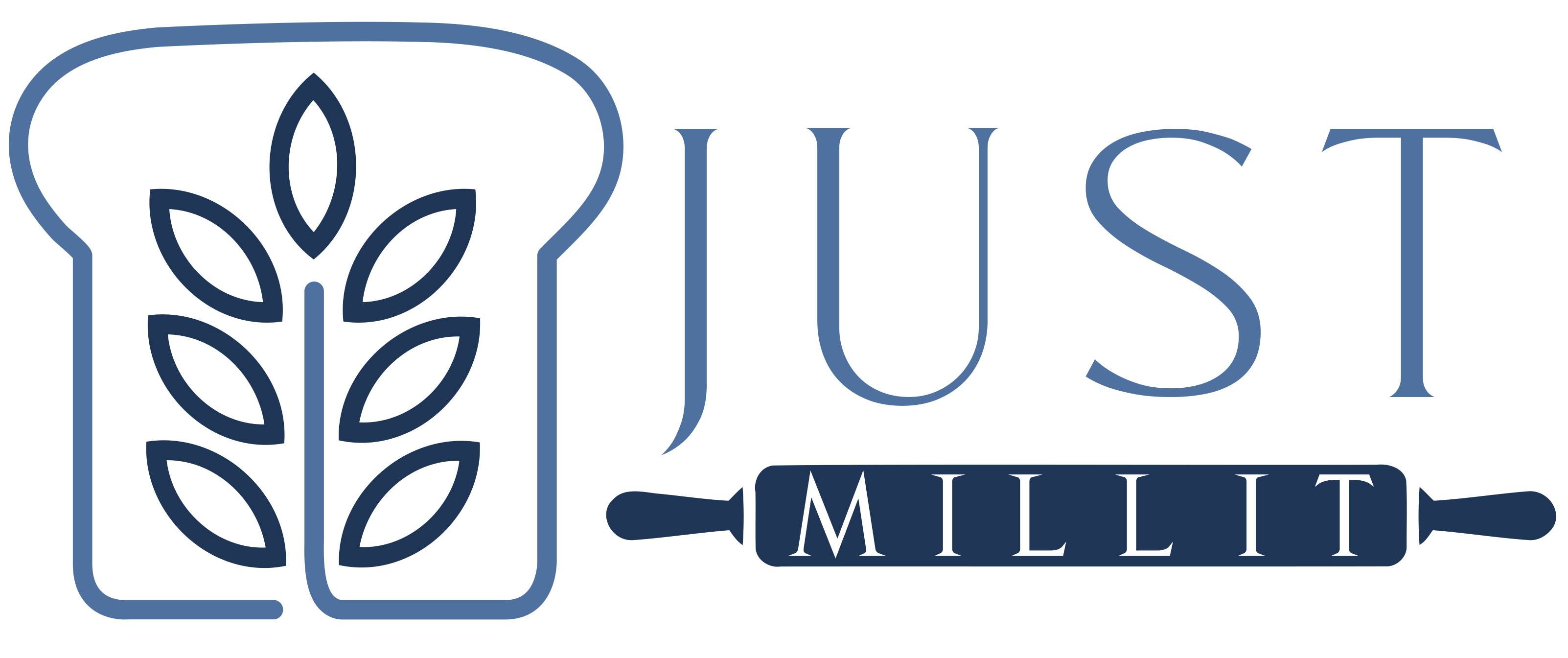Tangzhong vs. Yudane
Learn about tangzhong and yudane, which is better, and how to use it for better bread. Learn about the quick, no wait yudane method Dr. Mel uses.
Learn about tangzhong and yudane, which is better, and how to use it for better bread. Learn about the quick, no wait yudane method Dr. Mel uses.
We’ve compiled a treasure trove of answers to common inquiries that will empower you to bake with confidence and creativity. From understanding essential ingredients to mastering techniques that elevate your bread and pastries, let’s dive into the world of baking questions and find the answers you’ve been seeking.
One of the top questions in freshly milled flour groups is “how much grain mills one cup of flour”, but in different ways. My recipes are listed as grams of grain, while Sue Becker’s recipes are listed as cups of flour. Other recipes may list read more…
How to make all the flour you can dream of, from chickpea and other bean flours, gluten-free flour, cake, all-purpose, pastry, bread flour and more.
The journey into baking with freshly milled flour begins with adjusting your expectations, especially if you’re accustomed to the soft loaves found in supermarkets. Learning the nuances takes time, but starting with the fresh milled bread method sets a solid foundation for mastering the art of baking.
You just finished baking your bread, but you must let it cool before you do. WHY? I really want to eat that hot, delicious smelling loaf of goodness. And after cooling, we need to talk about storing our bread.
Baking bread is not just a science; it’s a delightful journey of understanding how ingredients transform into a warm, fragrant loaf right in your own kitchen. Whether you’re a seasoned baker or just starting out, mastering the art of baking with freshly milled flour can read more…
This is actually the SAME thing as fermentation, but they call the 2nd rise proofing so you can differentiate between the two steps. This is where shaped bread is allowed to rise in a warm place before baking. It’s done rising when the dough slowly read more…
Punching down the dough and scaling are both done after fermentation. Why? Well, we need to relax the gluten, remove the air from the inside, and balance out the dough temperature. Bubbles need to be released from the dough at this point because they will become giant holes in your bread once it’s done baking
Shaping bread dough correctly is important for a controlled rise, and to avoid unexpected holes in your crumb.
Stay in the know with all things fresh milled flour, including book updates.
